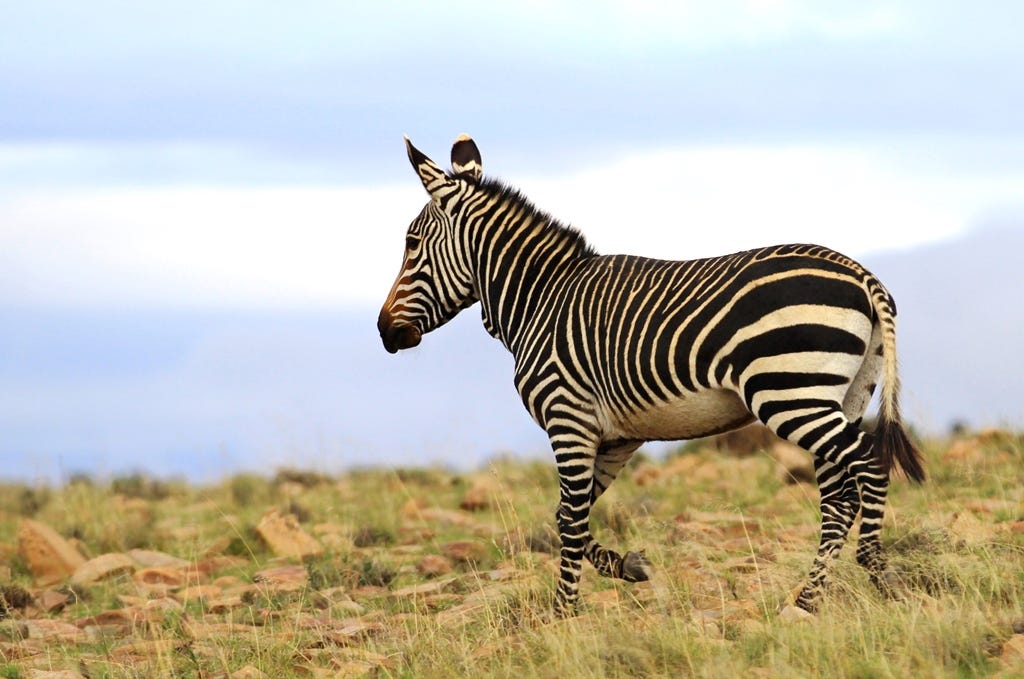
In the last edition of the Real Safari newsletter, I wrote about our recent visit to the Mountain Zebra Park (MZP) near the town of Cradock. My wife, Ilza, and I both noted how different the MZP ‘feels’ to our usual piece of paradise at the Addo Elephant Park (AEP).
There are some very obvious pointers such as the diverse biomes, variety of animals and size of the two parks. Large parts of the MZP are a semi-desert, whereas most sections of Addo are covered in thick bushes, spekboom and thorn-trees.
There are of course some interesting similarities. For example, neither has towering trees which is not surprising as they are frequently stricken by water shortages.
Both parks have small prides of lions, herds of red hartebeest, buffalo, eland and kudu. The main section of Addo has, as its name implies, hundreds of elephants but no springbok nor impalas. The MZP has cheetahs but no elephants and neither park has giraffes or wild dogs – two favourites in many private reserves.
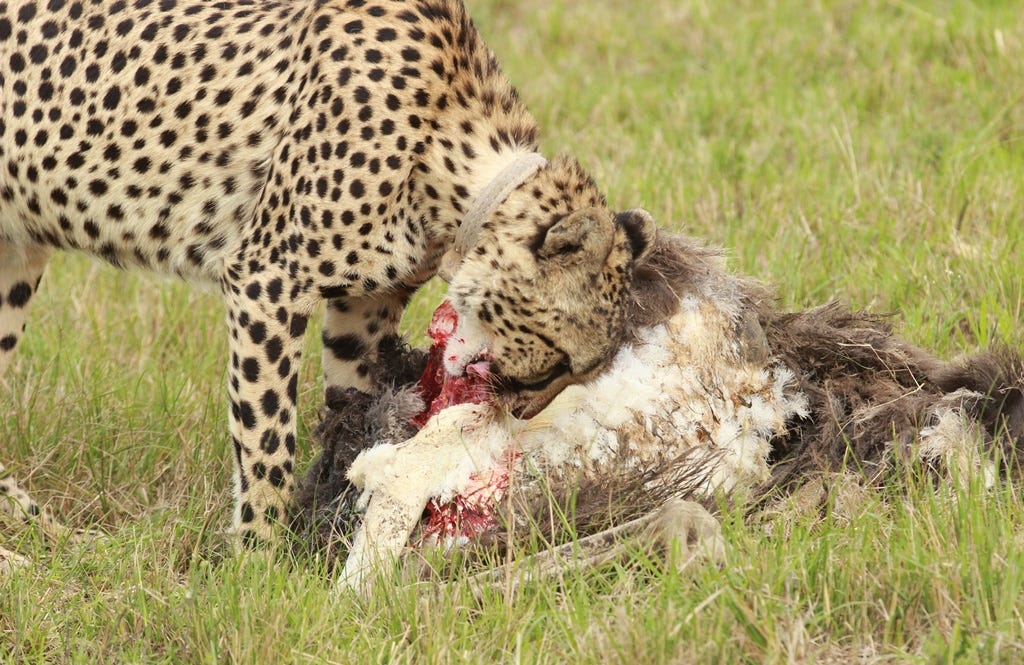
There is also an enormous difference in size between the two, with Addo being a lot larger than the MZP.
These are important points of distinction, but arguably one of the most visible differences lies in the types of visitors that frequent the two parks. At the MZP, most visitors are South Africans – either older couples enjoying their retirement or young families. They are more likely to have driven far out of their way to see the park, with its lions, cheetahs and especially the mountain zebras that gave the park its name.
Addo has more cosmopolitan, more multi-racial tourists. It is normal to hear a range of languages spoken at the gates and camps. German, Dutch, and French as well as a host of Eastern European languages are often heard.
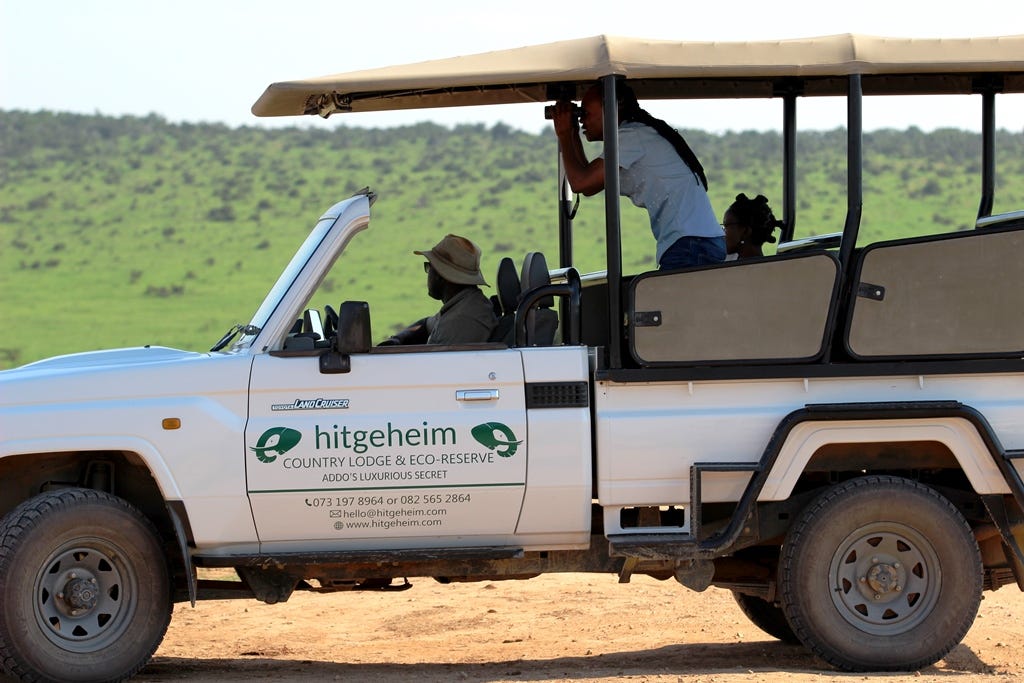
It is wonderful to watch foreigners learning about our wildlife. I enjoy observing field guides as they try to explain the difference between a male and female eland even though they both have horns. The guides also put some effort into understanding the level of interest from the visitors. Some are deeply curious about the dynamics of an elephant herd – others couldn’t care less. The guides have to cater to their clients’ interests.
The differences between various types of antelope is of no relevance to certain tourists – whether it is a rhebok or an impala is just meaningless. “It’s just another type of deer, dear”.
These are the same individuals who refer to all young antelope as bambi and warthogs as pumbas. Disney has done so much to damage how movie audiences understand wildlife.
Visitors from the cruise ships
Foreign visitors often descend on Addo when ocean-going cruise ships spend a day or so at the nearby Gqeberha (Port Elizabeth) harbour. Game vehicles take less than an hour to drive from the quayside to the AEP gates – a very convenient outing for ships’ guests who are inured to sea-sickness.
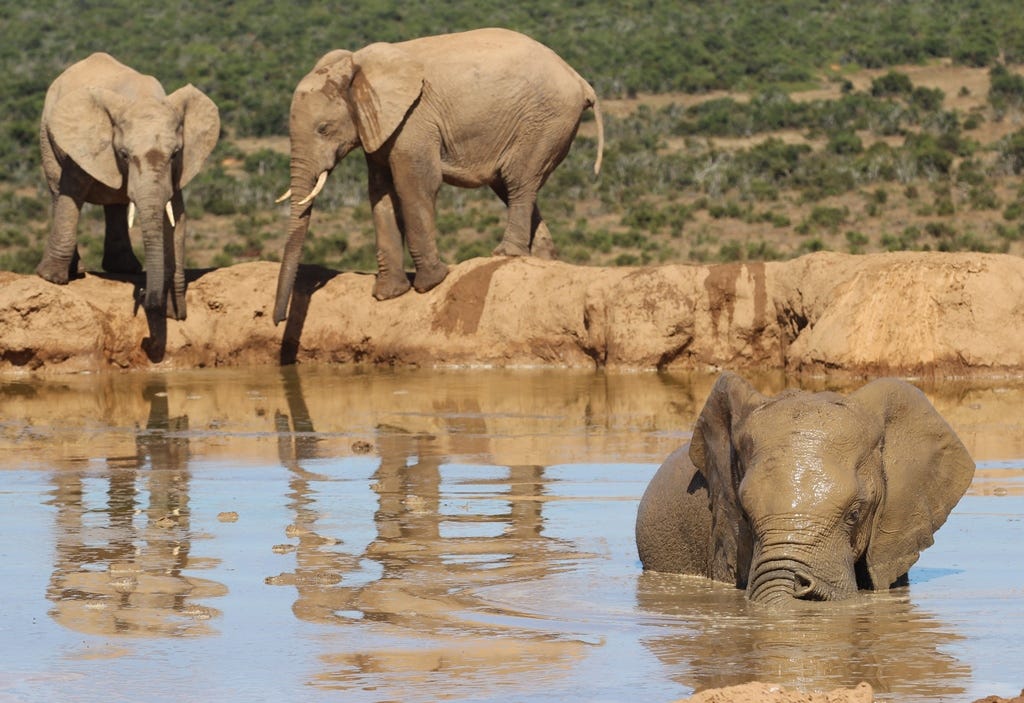
Some tourists arrive in full-sized, comfortable buses that are distinctly convenient for passengers because they are high up and allow occupants to have a good view. On the other hand, they cannot access certain parts of the park as some roads are either too steep or too narrow to accommodate larger vehicles.
Other passengers from the ships take organised tours in purpose-built game vehicles – or as they are sometimes called – cruisers. These mostly open vehicles are great for viewing because they don’t have closed-in sides and they are higher than most cars. The extra height allows passengers to see over bushes and some of the lower hills.
However, it can be awkward in an open-sided cruiser when it is cold or rainy. The roof offers little protection if rain comes in from one of the sides and it can also be scary when a six-ton tusker wants to have a closer look at your vehicle.
Freezing weather on a cold winter’s morning can make a game drive miserable, especially in a cruiser. To cope with chilly morning- or evening-drives, many private lodges supply their guests with blankets and hot water-bottles to keep them warm. A cup of hot coffee usually helps too.
Although I have not had the pleasure myself, I have read about certain ultra-luxury (read: absurdly expensive) private lodges that actually have heated seats in their game vehicles.
A smaller number of ships’ passengers decide to hire car to do a self-drive safari through Addo. This is a good idea for those who like to keep control of their excursions but it can be dangerous when relying on Google Maps to get to the park. The shortest route from parts of Gqeberha to Addo lead visitors through high-crime areas where a number of hi-jackings have occurred. Foreign tourists have been relieved of all their valuables.
Regular Addo Addicts have made calls demanding that Google take appropriate precautions to avoid dangerous routes.
Foreign tourists that avoid hi-jackings usually have a wonderful time in the park, following their informative maps on all the routes. However, not all tourists read the regulations on the maps nor do they always understand what the different infographics mean.
On one occasion, the wife and I were eating our sandwiches and having coffee while waiting near the Ngulube water hole. We often do this as it is a picturesque spot where the animals eventually arrive if you’re patient enough. It is also an area where we sometimes see lions.
On that particular day, another car pulled up behind us and turned off their engine. We didn’t think much about it nor its occupants until we heard one of their car doors open.
Big signs at the gates and camps say quite clearly that visitors may not leave their vehicles except in designated areas. The map you receive when you enter the park also clearly warns visitors not to leave their cars. Ngulube water hole is very far from any such designated area.
A young German woman got out of their car rental and came right up to my window. I was so stunned that I almost choked on my sandwich. Not only had she committed a cardinal sin, but she popped out to come and have a chat with me – a stickler for one of the most important rules she had just violated.
She pretended to ignore my obvious astonishment and casually asked, “Do you know where we can see lions?”
Scrambling to recover my equilibrium, I told her that I had, on several occasions, seen lions on the very spot she was standing. She nonchalantly sauntered back to her car and probably had a good giggle with her friends.
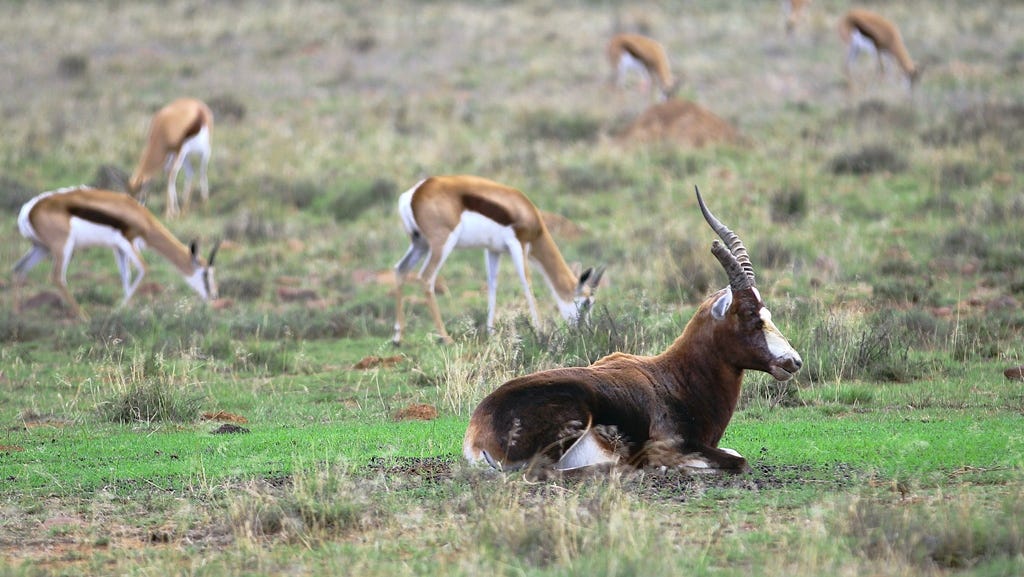
Clearly there is a risk to personal safety if a person gets out of their vehicle. Humans are one of the slowest animals on Earth so if you suddenly encountered a lion, there is virtually no chance you could get back to your car before the lion slammed you to the ground. On the other hand, the lion would probably be surprised by your presence and quickly back away.
There are other dangers of course. Various types of antelope could charge you, warthogs could gore you and elephants could stomp on you. These risks are however, unlikely to materialise if a visitor takes a quick break outside a vehicle, but the problems are greater than an open car door.
How do you establish limits for how far you can walk away from your car?
The aesthetics of having tourists wandering around the bush are disturbing. We visit national parks to create an appreciation of viewing wildlife in their natural surroundings. It never is thoroughly natural as humans have disturbed almost every niche of our environment, but nothing disturbs it more than a casual tourist traipsing over the veld.
If you go to a game reserve, stay in your car.
Thank-you for reading the Real Safari Newsletter and please excuse the mild rant towards the end.






